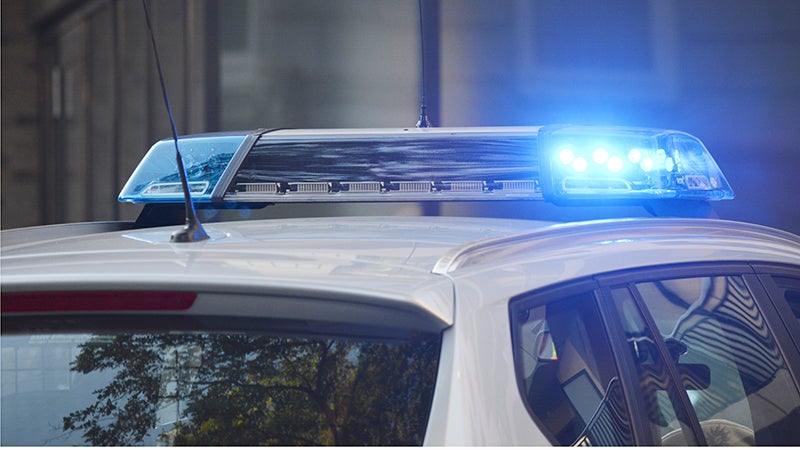INGRAM COLUMN: Lafayette the Nation’s Guest
Published 9:00 am Thursday, September 19, 2024
|
Getting your Trinity Audio player ready...
|
Editor’s Note: This year marks the Bicentennial, 2024-2025, of Lafayette and his farewell tour, “Guest of the Nation”, which took place August 15, 1824-September 7, 1825. To commemorate the occasion, the LaGrange Daily News will be publishing a series of columns by Richard Ingram, a longtime resident of LaGrange and Chair of Friends of Lafayette.
Week of September 16, 1824:
We typically tire of repetition, doing the same thing day-in-day-out; we burn through our reserves of good-nature to reveal a true self curiously at odds with our pristine self-image. Lafayette, one month into the Farewell Tour as the Nation’s Guest, with twelve months and just shy of six thousand miles to go, put on a display of resilience unmatched. All along the way, in every hamlet, village, and city, whether mid-day or dead of night, Americans turned out to greet him. At Newburgh, New York, the crowd near rioted on learning Lafayette’s tour guides were whisking him out of town before everyone had their chance to pay respects; Lafayette himself stepped in to calm the rumble. Lafayette shook hands, smiled, and offered a kind word. The monotony wore down his entourage, but for Lafayette each handshake was energizing. His smile was earnest, his kind word uncontrived. His resilience was born of genuine interest.
He boarded the “James Kent” at New York, steamboating up the Hudson River at a harrowing six miles an hour. The Hudson River Valley is bucolic and majestic. One year later, in the autumn of 1825, Thomas Cole would steamboat this same view. So inspired was he by the colors and the Catskills that he began a career of landscape painting that marked the launch of the Hudson River School.
Lafayette puttered past Tarrytown, where Benedict Arnold and John Andre negotiated the price. On to West Point where he was received by the “Father of the Military Academy,” Sylvanus Thayer; the Thayer Hotel, his namesake, just outside the gates, has hosted luminaries like Douglas MacArthur and, when they first returned home, the Iran hostages. Here Lafayette also got re-acquainted with Elizabeth Schuyler Hamilton, the widow of Lafayette’s good friend Alexander Hamilton.
Newburgh, site of Lafayette-mania, was also the place where George Washington defused deftly the “Newburgh Conspiracy,” March 15, 1783.
On to Albany, more handshakes and greetings; a reception at the capitol hosted by Governor DeWitt Clinton, and a ball to follow.
Saturday, September 18, north of Albany at Troy, he toured the Troy Female Seminary. Founded by Emma Willard, with whom he met, it was the first institution of higher learning for women in America. Today it operates as the Emma Willard School, a college preparatory for women; Jane Fonda is a noted alum.
From Albany back down the Hudson to Cortland Street Wharf at Manhattan. The Masons celebrated his arrival. He attended a comedy, “The School for Scandal,” at Park Theater. His secretary, Auguste Levasseur lamented the ills of the public lottery and weighed in on another metric of civilization: New York had, he guessed, 3000 “public women.” This was fewer by far than Paris, and fewer still by an order of magnitude than London where one in twenty-five plied this oldest of professions.
On September 23, back aboard the “James Kent,” leaving New York for the third time, he headed to Jersey City.



